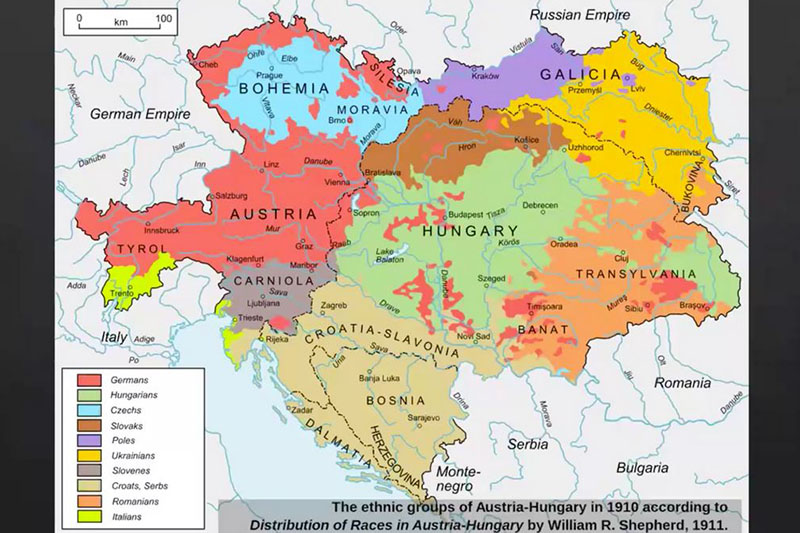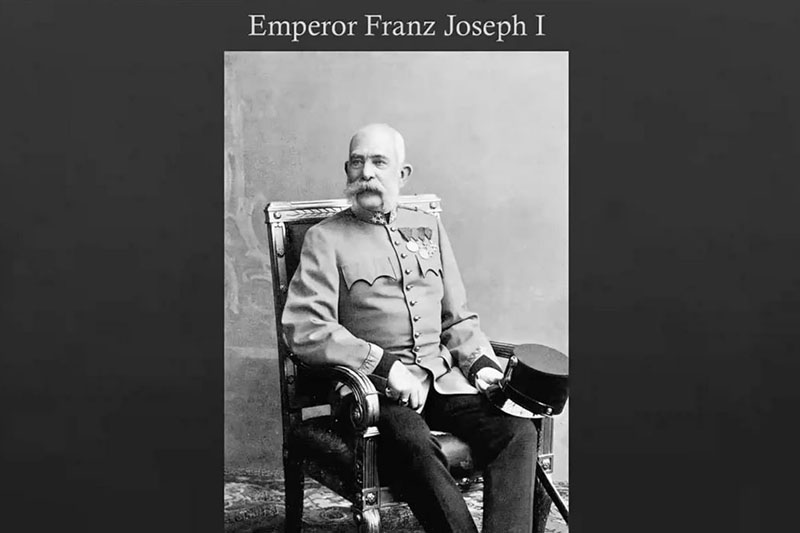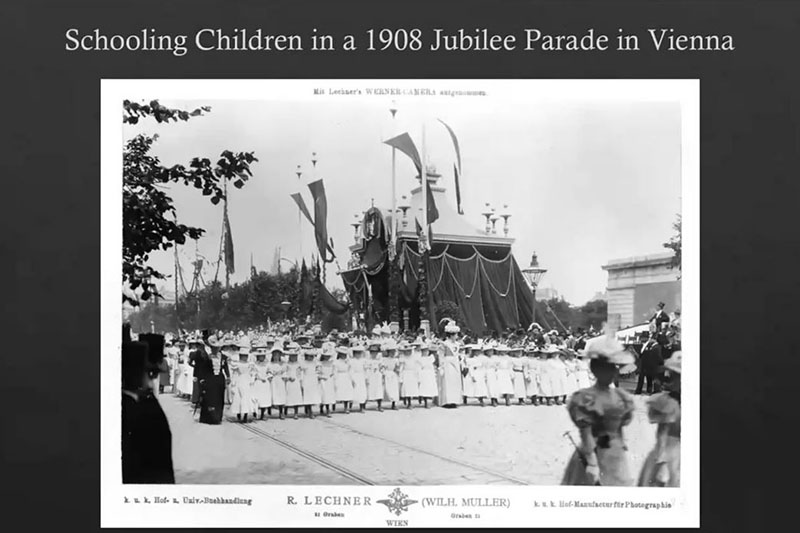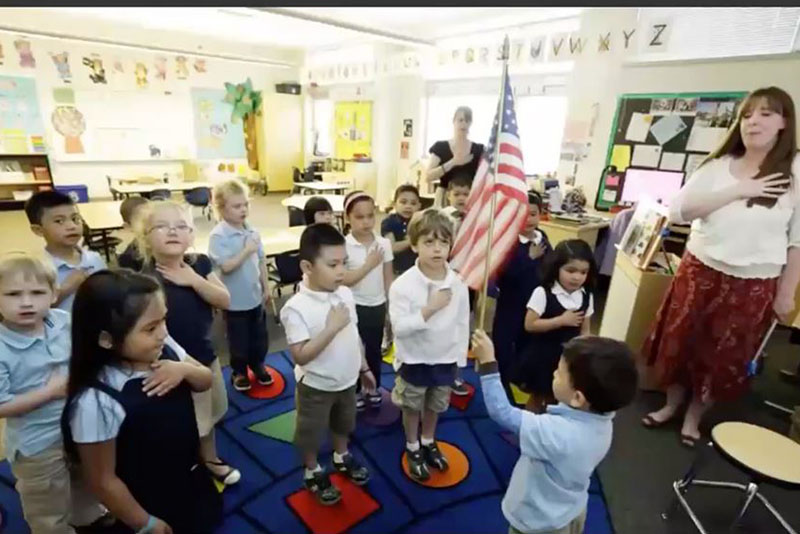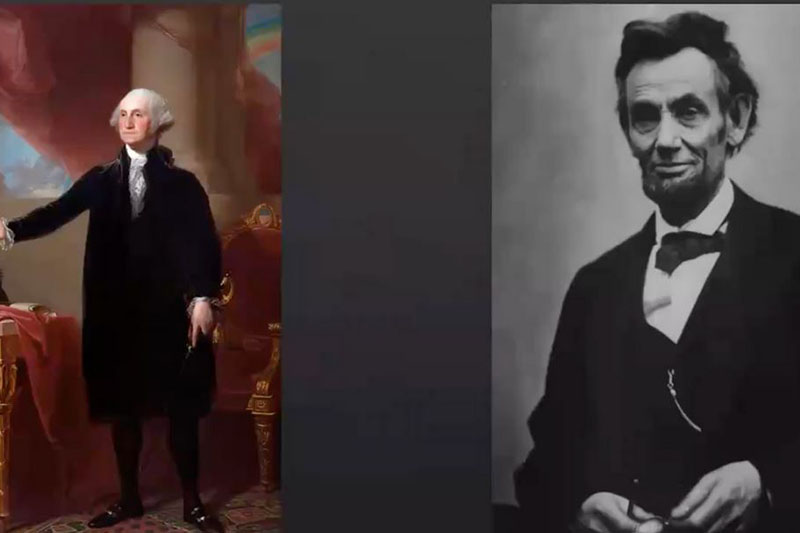- Apply
- Visit
- Request Info
- Give
Education and state loyalty in Habsburg, Austria
Written by Dwight Bachman
Published on November 17, 2020
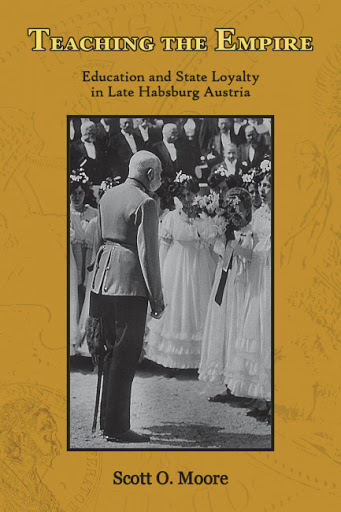
How do countries with diverse populations cultivate common national goals and values? On Nov. 12, Scott Moore, assistant professor of history, shared just how in his new book, “Teaching the Empire: Education and State Loyalty in Late Habsburg Austria,” published by Purdue University Press. Moore suggested that 18th-century Austria could serve as a model for modern multi-ethnic nations such as the United States.
Moore described how 19th Century Austria, a multi-ethnic state with a complex Austrian identity used patriotic, civic education in the schools of Habsburg from 1867–1914 to create a layered identity of loyalty to province, nation and empire.
“During this period, Austria was a large, diverse country composed of 11 officially recognized ethnicities,” said Moore. “This was also a time when nationalist sentiments were increasing across Europe. As a result, Austria had the unique challenge of creating a sense of loyalty to a multi-national state in a way that could bridge divisions between its citizens.”
In order to achieve its goal, Moore said Austrian patriotic education used the shared history of its diverse population to show that each person, regardless of their nationality, had a common past and common future within Austria.
“It supported the development of local, regional, and ethnic identities, arguing that all of them were part of the Austrian ‘family of nations,’” he said. “This basic civic education taught children about their state, while also articulating the common myths, heroes and ideas that could bind society together.
“Far from seeing nationalism as a zero-sum game, where increased nationalism decreased loyalty to the state, officials felt that patriotism could only be strong if regional and national identities were equally strong. The hope was that this layered identity would create a shared sense of belonging among populations that may not share the same cultural or linguistic background.”
Moore said Austrian civic education was part of every aspect of school life — from classroom lessons to school events. He said his research integrates the Habsburg Monarchy into the broader discussion of the role of education in modern society. He said in the Habsburg dynasty, Emperor Franz Joseph was the myth, the fatherly figure that nearly every school in the country celebrated.
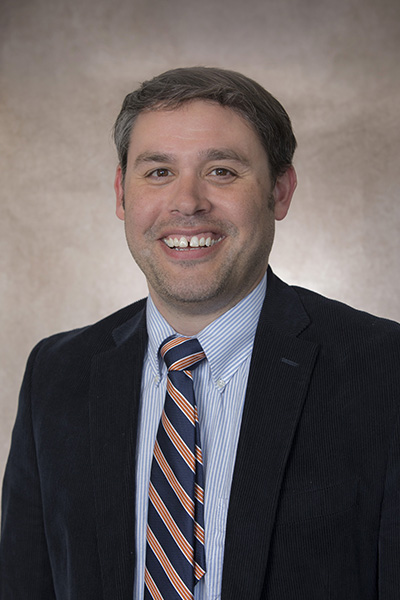
"In every school, dozens of school events were designed to make the monarch as tangible as possible and to make children loyal to the dynasty,” said Moore. “Joseph gave speeches, opened railroad stations and attended many public events. Jubilees and parades in Vienna were designed to commemorate him for more than 60 years. Statues were erected in his honor. Children went to events to see him, including the palace itself.”
Moore say the Austrian example can serve as a model for how modern societies conceptualized themselves, using civic education to create a common sense of unity. “Just as citizens in America, with many different ethnic nationalities and languages, recite the Pledge of Allegiance, learn about heroes such as George Washington and Abraham Lincoln and visit the White House, a sophisticated effort at civic education can celebrate ethnic minorities, their languages, and simultaneously create culture unity and loyal and patriotic citizens as well. This can create a common, proud layered identity and make all citizens feel part of a national identity.”
Moore said the Austrian model is especially relevant today in America, where the population continues to be more diverse. “If we can make people proud of their local culture and cultivate local identity and language, we can bridge the gap between diverse communities and see what it means to really be American. When it’s all over, we may not be brother and sister, but we all are part of the American family, where everyone lives side by side. Diversity is not going away. Through civic education, diversity can be viewed as a strength and cohesive force, as we all are part of the same family with a common purpose as well.”



